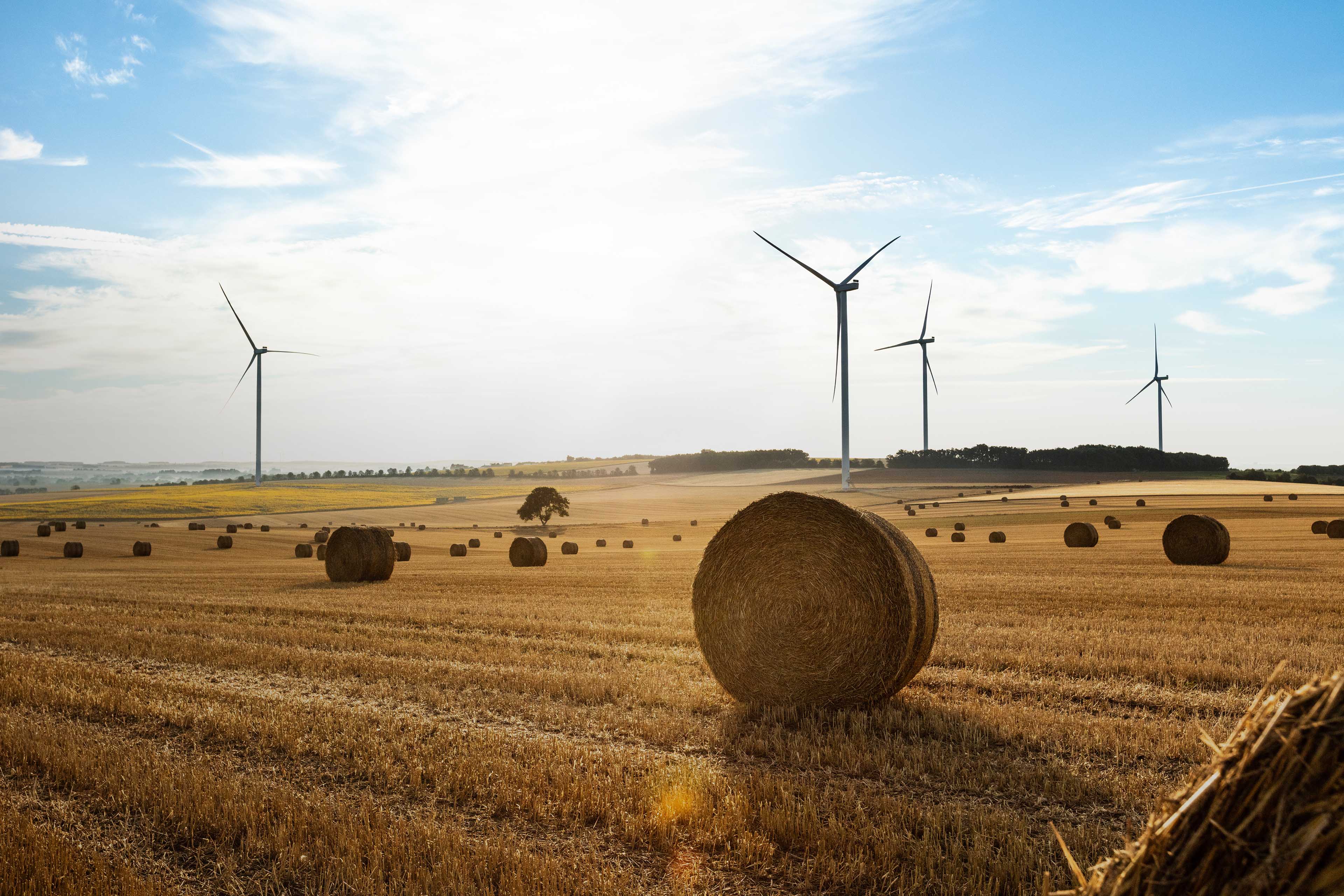EY refers to the global organization, and may refer to one or more, of the member firms of Ernst & Young Global Limited, each of which is a separate legal entity. Ernst & Young Global Limited, a UK company limited by guarantee, does not provide services to clients.

The 74 Dutch companies analyzed in the Climate Barometer are accountable for 2.4% of global CO2 emissions.
In brief:
- Analysis shows that the 74 Dutch companies analyzed in the Climate Barometer add up to at least 2.4% of global CO2 emissions.
- By setting science-based targets, Dutch companies have the potential to have a significant impact on global CO2 emissions.
- If we want to reduce our greenhouse gas emissions by 50% by 2030, it is crucial that companies set climate targets now, else they will not have enough time to achieve those goals.
The Netherlands can play an important role in addressing the global issue of climate change. The Dutch Climate Barometer maps out to what degree companies report on their efforts to contribute to meeting the climate targets. An analysis has found that the 74 Dutch companies analyzed in the Climate Barometer together account for 2.4% of global CO2 emissions. In reality this percentage is even higher as about a quarter of these companies either do not report their scope 3 emissions, or only partly do so. Particularly if we consider that these companies are only a small subset of the roughly 7500 companies that will fall under the Corporate Sustainability Reporting Directive (CSRD) from 2024.
Small country, large impact
In the Netherlands, we are tempted to think that we are just a small player on the international stage, and that is correct in terms of the size of our economy. However, carbon emissions accounting takes a value chain perspective which presents the opportunity to exert a significant amount of influence. In the Netherlands, we have a broad financial services sector, various retailers, chemical companies and a world-class manufacturer of semiconductors. In many cases, their direct emissions (scope 1) are relatively small compared to those of their suppliers, clients and portfolios. Therefore it is important that we consider the emissions of the whole value chain.
It is crucial that companies set science-based targets. This ensures that they focus not just on reducing their direct emissions, but also on reducing the emissions of the entire value chain. This creates a domino effect where more parties in the chain set reduction targets. This dynamic is essential to achieve the targets set in the Paris Agreement.
Science-based targets, now!
The 2015 Paris Agreement set a lot in motion. The number of companies setting science-based reduction targets is growing exponentially. However, we're not there yet. The majority of Dutch companies are not prepared for the immediate risks of climate change to do with the energy transition and should do more to set targets in the Paris Agreement.
The Climate Barometer shows that while 34% of companies provide information on the use of climate-related scenario analyses, 85% of the analyzed companies have not quantified the real or potential consequences of climate change for their company. These results fall drastically short of the targets of the Taskforce on Climate-related Financial Disclosures (TCFD) recommendations, considering businesses are not yet fully addressing the systematic risks associated with climate change, which is precisely why the TCFD was originally established.
How do other companies do it?
Paradoxically, the companies that commonly people believe should be doing far more to tackle climate change are most transparent in their reporting in climate impact. The oil and gas sector has been reporting on their climate policy for a number of years, because the emission of greenhouse gases is a core part of their operations. Just in terms of transparency in reporting, the oil and gas sector are exemplar. However, there is naturally room for improvement in this sector, particularly regarding the credibility of their plans for the energy transition.
For companies with little experience in formulating concrete climate targets, they may take an example from Signify (the lamp manufacturer originally from the Philips conglomerate, red.). It was an early adopter of science-based targets and can be seen as a company that adjusted its business model to achieve sustainability and greenhouse emission reduction targets.
What will this task look like?
In order to stimulate substantial action in terms of climate change, the climate reporting of companies must improve in all aspects. Progress can be made by starting small and scaling up to meaningful impact. At the highest level of abstraction and in practical terms, the task the same for all companies. First, a company must understand what its footprint looks like: where are emissions taking place? Then, the company must formulate Paris aligned targets (ideally science-based targets) and make a translation to concrete emission reductions.
In order to map out the emissions of a company, EY uses the renowned greenhouse gas protocol. We establish the company’s current footprint and see what targets they should set to bring the greenhouse emissions of their chain in line with limiting temperature increase to 1.5 degrees Celsius.
We also look at the impact of climate change on a company, its suppliers and customers. We use climate scenarios to establish physical risks for business operations and transition risks. We not only sketch what will happen with just one scenario, 2 to 3-degree increase for instance, but also for scenarios under 2 degrees or over 4 degrees. We work to determine exposure and vulnerabilities. This can include various effects such as floods at the factory locations, longer droughts for farmers, shorter and milder winters for energy providers or the effects of a global average temperature increases.
It is crucial that companies quickly develop insights into the impact of climate change on all aspects of their business operations, including their value chains. In the near term, if we want to reduce our greenhouse gas emissions by 50% by 2030, it is important that companies set targets now or else they will not have enough time to execute those plans. To achieve this, setting targets aligned with 1.5 degrees (ideally science-based) needs to become mainstream as soon as possible. Leveraging carbon accounting and activating companies in their value chains, companies based in the Netherlands have the potential to have a significant impact on global CO2 emissions.
Summary
Analysis shows that the 74 Dutch companies analyzed in the Climate Barometer are collectively responsible for a significant 2.4% of global CO2 emissions. By setting science-based targets, Dutch companies have the potential to make a significant impact on global CO2 emissions.
Related articles
How to navigate EU Taxonomy's complex rules
The EY report reveals that most of the companies in research scope have disclosed some eligibility for turnover, CapEx or OpEx. Find out more.
ISSB issues IFRS S2 new climate-related disclosure standard
Companies need to disclose information about their climate-related risks and opportunities that is useful to investors. Learn more
ISSB publishes first ever global sustainability reporting standard
IFRS SI requires companies to identify, measure and disclose sustainability related risks and opportunities. Learn more



